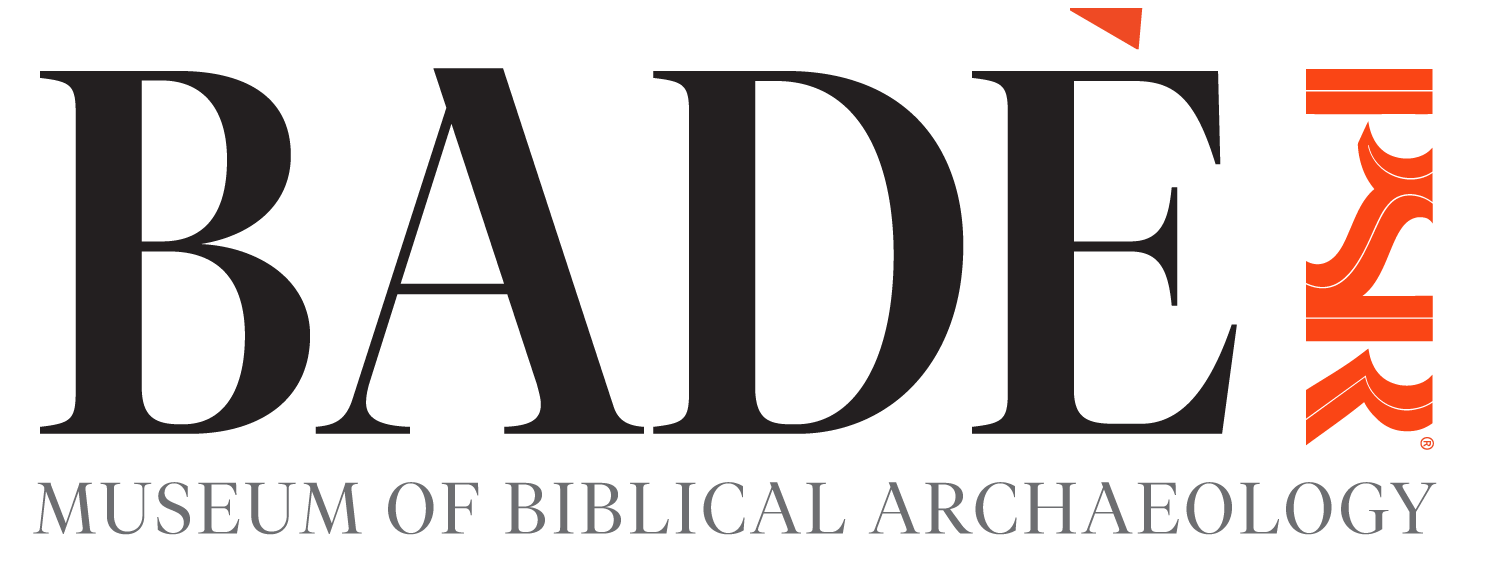This web exhibit works to democratize access to ancient artifacts and modern imaging technologies, especially Reflectance Transformation Imaging (“RTI”). It will Introduce the Judean Pillar Figurines then foreground multiple methods for analyzing and displaying them. The Gallery provides traditional photos alongside RTI files, 3D models, an object movie, and DecorrelationStretch images. These modalities enable new views and manners of engagement with Judean Pillar Figurines, which I use to pursue questions about manufacture and paint. Other questions are possible and will hopefully be pursued by users like you. The RTI Laboratory invites audiences to relight Judean Pillar Figurine fragments for themselves by manipulating a virtual light in various rendering environments, revealing fine surface details not visible to the naked eye. Discovery will be at your fingertips as you navigate (and create!) never-before-seen views. Points of scrutiny are also emphasized. Think About Religion interprets the Judean Pillar Figurines as religious objects and offers study questions to aid in the use of this site by educators.
While the RTI Laboratory puts Judean Pillar Figurine data in your hands, the Getting Past Religion Video Podcast explores other perspectives by engaging them topically. We investigate pressing issues as they intersect with the Judean Pillar Figurine: racism, sexism, nudity, gender diversity, technology, and attitudes toward matter through time. Differing views of these artifacts reveal insights about ancient people in the biblical past, as well as us. How can Judean Pillar Figurines be a resource as we navigate the contemporary world, for example, in what we presume feminine bodies can and cannot do?
Together, the “Let There Be Light” web exhibit and “Getting Past Religion Video Podcast” aim to figuratively and literally illuminate the JPFs, opening new potentialities each time we look and relook.
The Author. Dr. Lauren K. McCormick is a postdoctoral research associate at Princeton University’s Center for Culture, Society, and Religion. She has degrees from Rutgers University, New York University, Duke University, and Syracuse University.
The Project. Let There Be Light is an open educational resource that builds literacy around digital images, made possible by Princeton’s Center for Culture, Society, and Religion. All artifacts presented are from the collection of the Badè Museum at Pacific School of Religion (Berkeley, CA). They derive from Tell en-Naṣbeh, the likely biblical site of Mizpah. Support to collect initial RTIs was provided by Syracuse University’s Religion Department and Jewish Studies Program. Support to develop the web exhibit was provided by the CollectionBuilder project including Julia Stone and Evan Peter Williamson from the Center for Digital Inquiry and Learning at University of Idaho Library. All advanced images were collected by Cultural Heritage Imaging.





